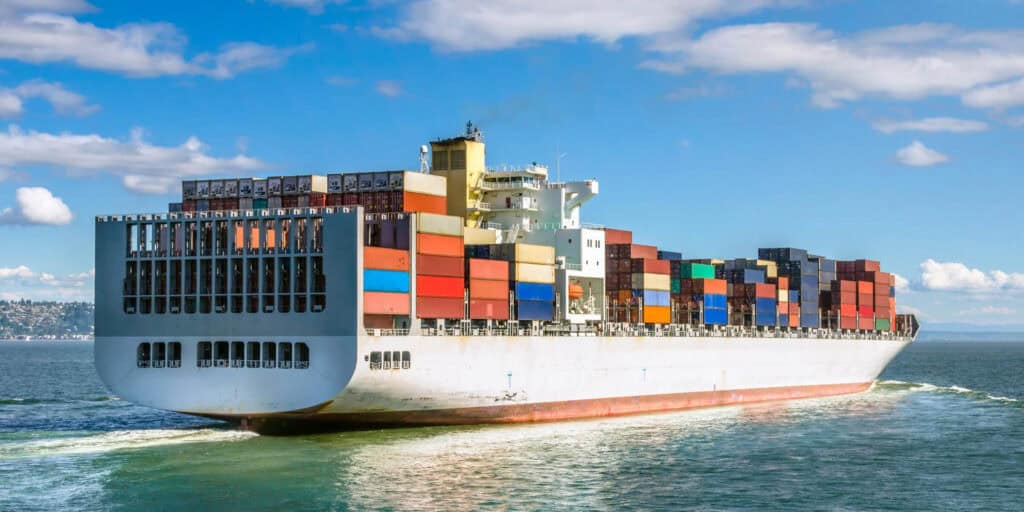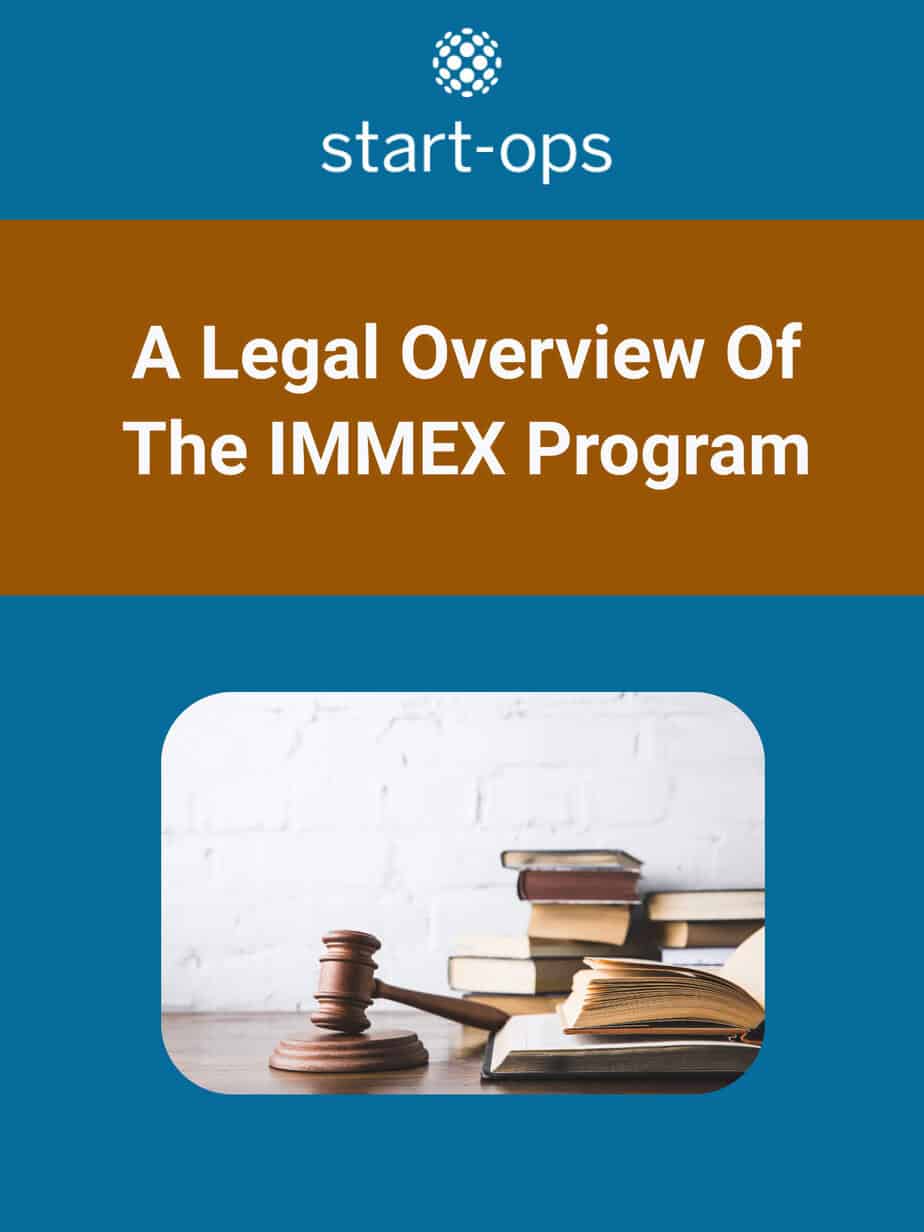
IMMEX Annex 24 can be a pebble in your shoe if you don’t learn it correctly. You’ve heard the pitch for the IMMEX program. Duty-free temporary imports, a significant VAT exemption, and a strategic position for nearshoring—the benefits for manufacturing in Mexico as of 2025 are compelling and clear. They are the reason so many global companies are making the move.
But success in IMMEX isn’t just about the big-picture benefits. It’s about mastering the details. And there is one detail that, more than any other, determines the long-term health of your operation: Annex 24.
While the IMMEX certification opens the door to opportunity, Annex 24 IMMEX compliance is the complex, daily reality of keeping that door open. It’s the single area where a promising venture can go bad, fast. But it doesn’t have to be that way. Understanding the challenge is the first step to solving it.
So, What Is Annex 24 IMMEX?
Let’s get legally specific. The General Rules on Foreign Trade (GRFT) are a set of rules and regulations. Mexico’s Tax Administration Service (SAT) issues and updates them regularly. They govern import and export activities in Mexico.
As you may remember, IMMEX companies may be exempt from paying certain taxes. SAT gives this excemption because they will export the final product. So, those goods are only in the country temporarily.
During the IMMEX process, your while materials come into the country without paying VAT or duties because you will, manufacture, process, or repair these materials and then export them back out of the country.
During this time period, the merchandise enters the country under a special customs regime referred to as “Temporary imports for manufacturing, processing, or repair.” Rule 4.3.1 of the General Rules on Foreign Trade tells us the minimum inventory control information, which is located in Annex 24 IMMEX.
Let’s take a look.
Minimum inventory control information (Annex 24 IMMEX)
For the purposes of Articles 59, Section I, 108, 109, and 112 of the Law and 24, Section IX of the IMMEX Decree, companies with an IMMEX Program that temporarily import goods under their respective program and ECEXs must keep automated inventory control records containing at least the catalogs and modules established in Annex 24, section A. *Law 59, 105, 108, 109, 112, 185-A, 185-B, IMMEX Decree 24, Regulation 79, 168, RGCE Annex 24*
So, to summarize, at its core, Annex 24 IMMEX is the set of rules within Mexican Foreign Trade Law that mandates how companies must control their inventory. It’s not a suggestion; it’s a legal requirement to use an automated system to prove to the tax authority (SAT) that everything you import is eventually exported.
The official text is dense and legalistic in nature. To give you a sense of the detail involved, you can review a full English translation of Annex 24 right here.
Seeing the law itself makes one thing clear: this isn’t a simple inventory list. It’s a demanding customs accounting system with a direct line to the SAT.
Why Is It Considered a “Tricky” Requirement?
The complexity of Annex 24 IMMEX lies in the execution. It demands a level of precision and integration that goes far beyond standard inventory management.
The main challenges include:
- The Demand for Data Integrity: The system’s accuracy is entirely dependent on the data fed into it. This includes perfectly accurate Bills of Materials (BOMs), part numbers, units of measure, and customs valuation. A minor error in a BOM, for example, doesn’t just create a single mistake. It compounds with every production run, leading to significant, cumulative discrepancies between the digital record and the physical inventory.
- Matching Physical and Digital Operations: Companies must match what happens on the factory floor in the Annex 24 system in a timely manner. The company must log every material movement correctly according to specific customs procedures. From components used for R&D testing to materials lost as scrap or waste. A failure to sync these physical events with the digital ledger is a primary source of compliance issues.
- The Unforgiving Nature of the System: Unlike internal financial accounting, where adjustments can be made, the Annex 24 ledger is a transactional customs record. Companies cannot simply delete errors or easily correct them after the fact without creating a clear trail for auditors. The system is designed for meticulous, real-time traceability.
Consequences of Non-Compliance
The SAT enforces Annex 24 IMMEX vigorously. Failures discovered during an audit can lead to severe penalties, which underscores the importance of a robust system. Potential consequences include:
- Significant Fines: Often calculated based on the value of the goods with record-keeping inconsistencies.
- Payment of Back-Taxes and Duties: Companies may be liable for the 16% VAT and any import duties that were initially deferred on all materials they cannot properly account for.
- Suspension or Loss of IMMEX Status: In cases of severe or repeated non-compliance, the SAT has the authority to suspend or permanently revoke a company’s IMMEX certification, effectively halting its preferential trade benefits.
Core Pillars of a Compliant Annex 24 IMMEX System
For companies in the planning phase, building a compliance strategy for Annex 24 IMMEX should be a priority. A robust approach typically includes:
- Dedicated Software (SACI): Implementing a specialized SACI designed to meet all Annex 24 reporting and data structure requirements.
- Accurate Data Foundation: Investing the time upfront to audit and confirm the accuracy of all Bills of Materials, part numbers, and customs information before they are loaded into the system.
- Defined Internal Processes: Creating clear internal workflows that ensure all inventory movements—including scrap, waste, and samples—are reported to the trade compliance team for entry into the system.
- Regular Internal Audits: Proactively conducting periodic self-audits to compare the system’s data against physical inventory, allowing for the correction of process errors before they become major issues.
For any company considering the IMMEX program, a thorough understanding of Annex 24 is the first step. If you wish to build a sustainable and compliant operation in Mexico, start here.
Conclusion
When starting a manufacturing business in Mexico, you will inevitably hear the wonders of the IMMEX program. A program that lets you import things into Mexico without paying taxes. But, of course, it is not that easy. IMMEX requires strict compliance with inventories as outlined in Annex 24. If you think about it, it makes sense. The government wants to be able to track the location of your temporary imports. After all, you are avoiding the payment of thousands of dollars in taxes because you promised it would eventually leave the country.
Navigating the complexities of Annex 24 is a crucial step in planning your entry into Mexico. If you are developing your strategy and would like personalized guidance, please schedule a meeting with us so we can discuss your case.
Alternatively, if you have a general question or an insight to share on this topic, please feel free to leave a comment below. We are here to help clarify the path forward.



Add your first comment to this post